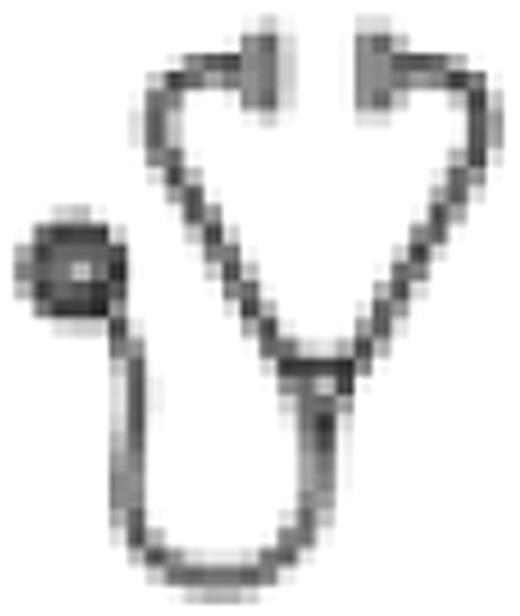Abstract
Abstract 3512
Recent studies in multiple myeloma patients using reduced intensity conditioning (RIC) allograft following autologous stem cell transplant in a planned tandem fashion (auto-allo) have reported low transplant related mortality (TRM) in a range of 10–15% and long term disease control in approximately one third of the patients. Similar results are reported with reduced intensity allogeneic stem cell transplant either as upfront or salvage treatment for patients who have failed prior autologous stem cell transplant. It is not clear if RIC allograft without preceding autologous stem cell transplant can produce the same outcome. The objectives of this retrospective study are to evaluate and compare the results of planned tandem autologous-RIC allograft (auto-allo) and early RIC allograft as first transplant in order to address whether or not cytoreductive autologous stem cell transplant (ASCT) is needed in patients who are candidates for RIC allograft and patients can be spared from morbidities of autologous stem cell collection and transplant.
We performed a retrospective analysis of the EBMT database. Five hundred and four multiple myeloma patients were identified as auto-allograft or early RIC allograft recipient between 1998 – 2007. Three hundred and fifty six patients were assigned to planned tandem auto-allograft and 148 patients received early RIC allograft as their first transplant. All patients underwent transplant within 1 year from diagnosis. Two hundred and fifty-three of 356 patients in the auto-allo group received their planned allograft, 88 patients did not undergo the planned allograft and 15 patients had a second autologous stem cell transplant. There were no significant differences in disease stage, disease subtype, sex, use of T-cell depleted allograft and donor type (sibling vs. unrelated donor) between the 2 groups. However patients in the early RIC group were younger (median age 51 vs. 53 years old P=0.03), received transplant in earlier calendar period (51% between 1998–2002 vs. 33% P <0.001), had longer interval from diagnosis to transplant (9 vs. 6 mo. P=0.0001) and were more in CR at the time of transplant (17% vs. 9% P=0.008). The B2 microglobulin and cytogenetic data were missing in the majority of patients and therefore not included in this analysis.
Results are reported on an intention to treat (ITT) analysis. With a median follow up of 52 mo. (48-55) in the auto -allo and 48 mo. (39-55) in the early RIC group best response occurred more frequently in the auto-allo group than early RIC with complete response rate of 62% vs. 47% respectively. Progression-free survival at 3 and 5 years were significantly better in the auto-allo group (43% and 31% respectively) as compared to the early RIC group (30% and 17% respectively, P<0.001). Overall survival was also significantly improved in favor of the auto-allo group with 3 and 5 year OS of 68% and 60% as compared to 52% and 37% in the early RIC group (P<0.001). Non Relapse Mortality (NRM) rates at one year were 9% and 18% in the auto-allo and early RIC group respectively (p <0.001). There were no differences in the incidence of acute GVHD (41% vs. 43% P=0.13) and chronic GVHD (60% vs. 56% P=0.19) between the auto-allo and RIC groups respectively. Given the differences in the calendar year we compared the PFS and overall survival between the two groups within the same calendar period (1998-2002 and 2003–2007). Log rank test confirmed significantly better outcome in favor of the auto-allo group in each calendar period suggesting that the observed differences between the 2 groups were independent of the calendar period. (P<0.001).
This large retrospective study on an ITT analysis suggest cytoreductive autologous stem cell transplant (ASCT) prior to RIC allograft is associated with improved disease free survival and overall survival in patients with multiple myeloma who are candidates for RIC allograft.
Sahebi:Millennium Pharmaceuticals, Inc: Research Funding.

This icon denotes a clinically relevant abstract
Author notes
Asterisk with author names denotes non-ASH members.

This feature is available to Subscribers Only
Sign In or Create an Account Close Modal